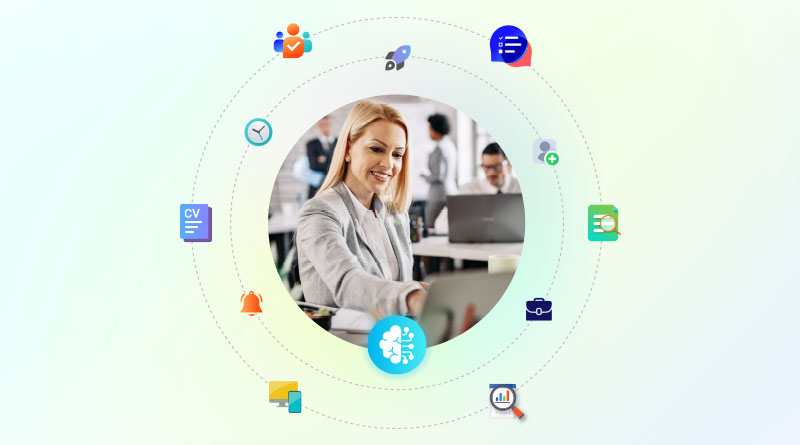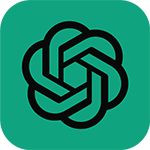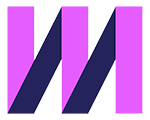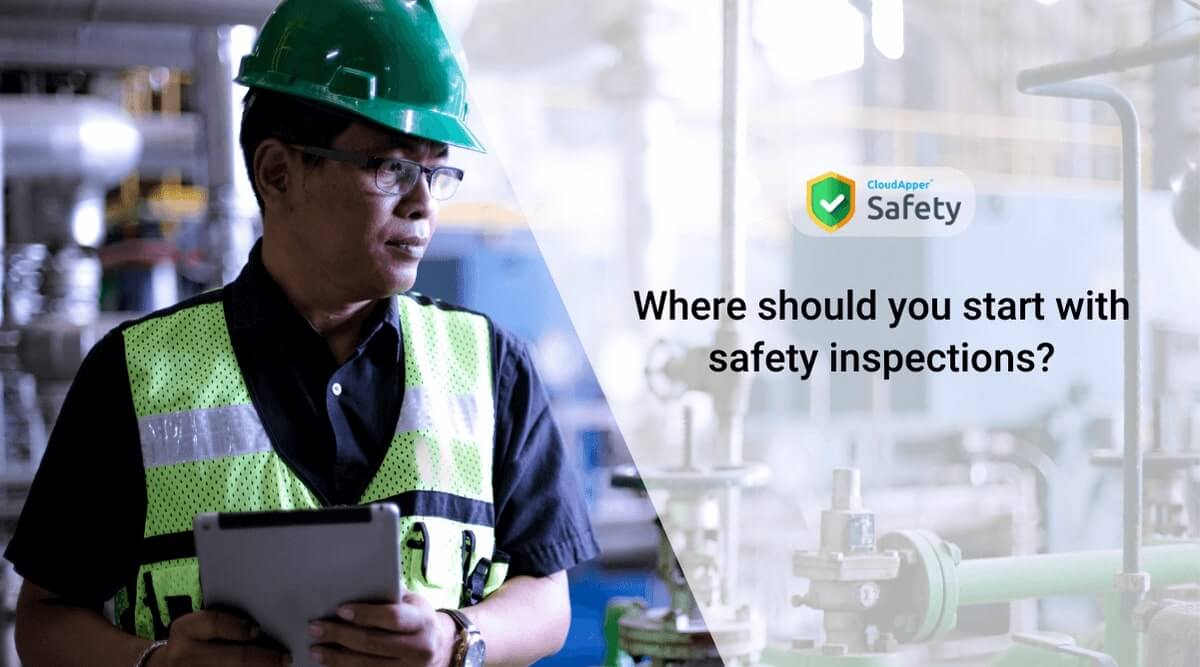Table of Contents
The state of occupational safety and health is constantly transforming based on evolving workforce demographics, employee expectations, and other influences. We are noticing several trends taking shape that will influence occupational health and safety during the upcoming years and beyond. We don’t know for sure what exactly the future will bring, but it’s safe to assume that these five trends will have a big influence on the field:
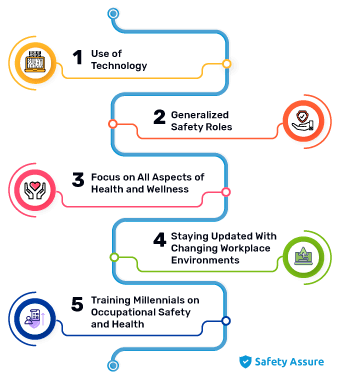
1. Use of Technology
Over the last few years, a big area of focus for workplace health and safety programs has been on integrating high-end tech tools and methods for training and leadership. These high-end technologies include online, recorded training programs and modules, the introduction of apps focused on complying with workplace safety and health regulations, and other tools designed to give people more control over their own health and safety.
2. Generalized Safety Roles
Previously, companies used to have an individual on staff focused on fire prevention and safety, while another was responsible for ergonomics. The safety roles were highly specialized. But now they are generalizing it, as many safety professionals are being charged with overseeing all aspects of OSHA compliance in an organization.
3. Focus on All Aspects of Health and Wellness
Traditionally, occupational health and safety was more about keeping individuals safe at work and protecting them from injuries and illness on the job, and on the job only. But in 2011, the National Institute for Occupational Safety and Health launched the Total Worker Health Program, which is based on the idea that our work is a major factor in our overall health, and they should be supported for it. As the next decade progresses, expect to see this trend of supporting all aspects of employee health and well-being – rising to the forefront of OSHA compliance within workplaces.
4. Staying Updated With Changing Workplace Environments
Today’s workplace looks nothing like the workplace 20 years ago. The rise of the distributed workforce model, flexible work hours, and the freelance economy have created new safety concerns and potential liabilities for companies, such as:
- Making the decision on how to train short-term or freelance contractors in company safety protocols.
- To what extent the training is necessary for these workers.
- Policy development for addressing safety concerns for remote workers.
- Motivating these workers to adopt the organization’s culture of safety.
Occupational safety and health professionals will increasingly be challenged to work with these dynamics and find ways to protect both employees and employers from risks.
5. Training Millennials on Occupational Safety and Health
The millennials are now the largest generation in the workforce, and they have different expectations from their work and everything related to it. Attracting them to adopt occupational safety and health policies as a profession is critical, as much of the previous generation of the workforce has reached or will soon reach their retirement age. Training them in occupational safety and health procedures will be an important long-term strategy for organizations and the industry as a whole.
As the new decade progresses, there will be newer challenges in occupational safety and health. In order to meet them, every organization will require a solid foundation in the principles of occupational safety and health and take action to apply them in their modern workplace.
If you are looking for an occupational health and safety management application to comply with the OSHA standards, our Safety Assure application can be a great option for you.
What is CloudApper AI Platform?
CloudApper AI is an advanced platform that enables organizations to integrate AI into their existing enterprise systems effortlessly, without the need for technical expertise, costly development, or upgrading the underlying infrastructure. By transforming legacy systems into AI-capable solutions, CloudApper allows companies to harness the power of Generative AI quickly and efficiently. This approach has been successfully implemented with leading systems like UKG, Workday, Oracle, Paradox, Amazon AWS Bedrock and can be applied across various industries, helping businesses enhance productivity, automate processes, and gain deeper insights without the usual complexities. With CloudApper AI, you can start experiencing the transformative benefits of AI today. Learn More





